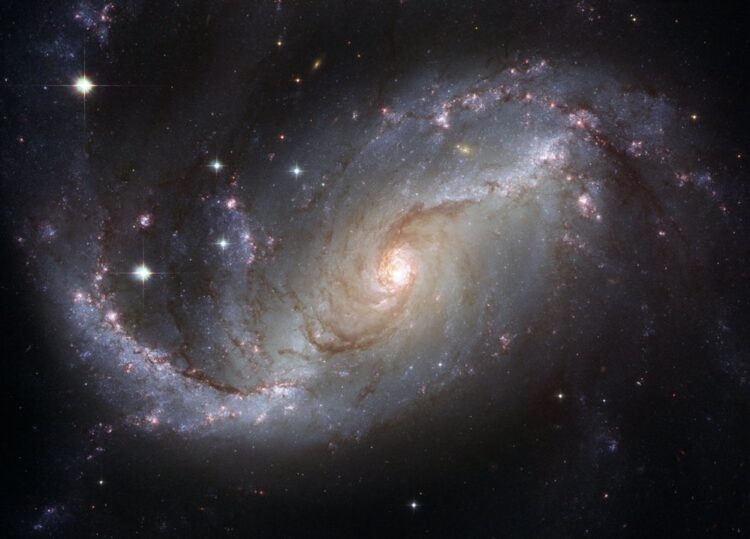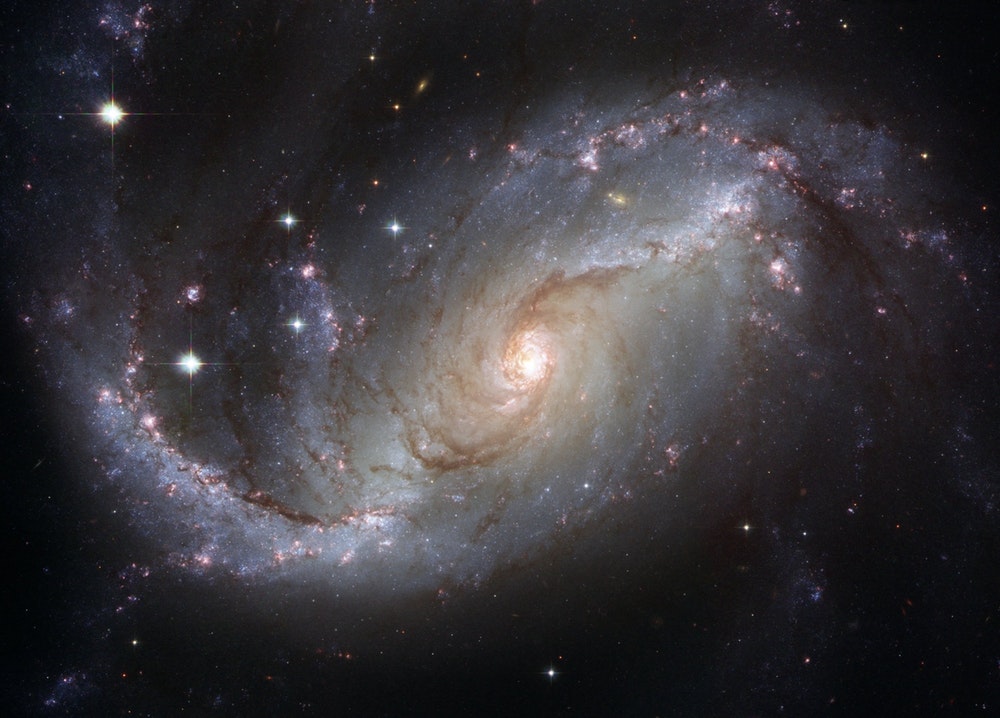While vacationing and experiencing a major family milestone, a hidden news story about a local-born scientist caught my eye. Dr. Avi Loeb, chairman of Harvard University’s astronomy department, controversially proposed that Oumuamua (the mysterious elongated asteroid-like object that was discovered in 2017) could be an interstellar alien visitor. The scout from the Vega Galaxy “may be a fully operational probe sent intentionally to Earth vicinity by an alien civilization,” declared Dr. Loeb. His hypothesis was formulated by observing the abnormal trajectory and speed of the “spaceship” as it raced closely (15 million miles) by Earth. Oumuamua is, in fact, the swiftest craft in the Milky Way moving twice as fast as anything built by NASA. Almost the entire scientific community challenges the Harvard chair by suggesting alternatively that the extraterrestrial is probably “celestial driftwood” leftover from the Big Bang era. If anything, the debate highlights how little is known of the Universe.
Charged with uncovering the secrets of the formation of our existence is my good friend Stephen Gorevan of Honeybee Robotics. Sitting next to the Brooklyn innovator last month, I was in awe as he explained his latest mission. Gorevan, best known for building mechatronic geologic instruments for the Mars rovers, is now proposing an automated asteroid mining system. Honeybee’s founder described his latest invention as a “touch-and-go” retractable robotic arm that is able to scoop up 100 grams of primordial rock off a moving comet. The samples would then soar autonomously back to Earth for further research, holding the answers of the violent origins of the greatest mysteries of all time. According to Professor Steve Squyres of Cornell, “If you want to understand the emergence of life, comets get us closer than anything we can get our hands on.”
The proposed system nicknamed CAESAR (Comet Astrobiology Exploration SAmple Return) is part of two competing proposals for NASA’s New Frontier program. The other finalist, Dragonfly, aims to explore the habitability of Saturn’s largest moon, Titan. The space agency will unveil the winner later this spring, awarding a billion-dollar budget to the victorious team. The target comet is Churyumov-Gerasimenko or better known as 67P, which was first explored by the European Space Agency’s Rosetta lander Philae in 2014. Based on early data, the celestial body is currently moving 84,000 miles per hour rotating every 12 hours while whipping around Jupiter. Gorevan and his team, which includes Dr. Squyres of Cornell University and NASA’s Goddard Space Flight Center, aims to pinprick the surface of the 2.5 mile irregularly-shaped icy rock that has already destroyed Philae after it missed its landing site. Gorevan shared the wider financial opportunities of CAESAR’s mission, beyond finding the keys to unlocking the secrets of creation, “We get most of our rare metals from China now. If we brought back one asteroid that was preexamined for having rare-earth metals, we’d never have to get anything from China again.”
Analysts project that the asteroid mining industry, which relies heavily on robotics, could be worth billions of dollars by 2025, even before any commercial company has successfully landed a probe on a moving astroid. In 2017, Goldman Sachs reported: “While the psychological barrier to mining asteroids is high, the actual financial and technological barriers are far lower. Prospecting probes can likely be built for tens of millions of dollars each and Caltech has suggested an asteroid-grabbing spacecraft could cost $2.6 billion.” The study compared such costs to a fraction of the venture capital invested in Uber. The promise of these new galactic minerals has been hyped further by private equity led by such prestigious innovators as Larry Page of Google and Jeff Bezos of Amazon. Today, almost every major space agency competes with startups being birthed across the globe, including: Deep Space Industries, Planetary Resources, Moon Express, ispace, Asteroid Mining Corporation, Shackleton Energy Company, Kleos Space, TransAstra, OffWorld, and SpaceFab.US.
Investment capital has started to cool as many funders have realized that harnessing space ore is much further off than originally projected. This wave of disenchantment is best illustrated when Larry Page’s own company, Planetary Resources, announced major layoffs in 2018 due to missing milestones. In an email to the press last February, spokesperson Stacey Tearne stated, “Planetary Resources missed a fundraising milestone. The company remains committed to utilizing the resources from space to further explore space, but is focusing on near-term revenue streams by maximizing the opportunity of having a spacecraft in orbit.” Pivoting to the needs of Earth-bound customers is happening across the commercial space industry. Jim Keravala, cofounder and CEO of OffWorld, said his company is now focusing on industrial robotic use cases on Earth, such as mining and construction. Keravala quipped, “We’re treating Earth as our first celestial body.” Off World and Planetary Resources are the survivors, as Shackleton Energy has recently ceased operations. Underlining the importance of CAESAR, Keravala exclaimed, “The future may be extraordinary, but there is a 20- to 50-year arc before you start, and your average space-mining entrepreneur is an enthusiastic zealot—I speak as part of that crowd. Until you can touch bodies in space extensively, you don’t have a business.”
Honeybee has already started testing various systems including the retractable robotic arm that is currently being deployed in a 500-foot vertical vacuum tunnel mimicking the zero-gravity atmosphere of 67P. If approved by NASA, the launch date of CAESAR will be 2024 with a projected arrival date of March 2029. Scientists will then capture thousands of images with six onboard cameras to analyze the best contact point. Once activated, within seconds Gorevan’s robotic arm will grab 80-100 grams of prehistoric dust, ice and gasses to be shipped back to earth within a robot capsule. As a validation of Gorevan’s vision, in 2003 the Japanese Aerospace Exploration Agency built a similar robot, Hayabusa, that successfully landed on a near-Earth asteroid and returned with a sample seven years later.
If all goes as planned scientists will begin analyzing the sample on Earth in 2038. As many of the projects leads are already senior citizens, it is quite possible that a new generation of humans and machines will take over. Squyres confided, “I hope I’m still around. I’m eating healthy foods, getting lots of exercise, taking care of myself. And my dad’s 91. So I’ve got good genes.” I reached out to a colleague at America’s government space agency for comment and the response was a bitter reminder that some things are outside of the scope of technology, “NASA is currently closed due to a lapse in government funding.”




